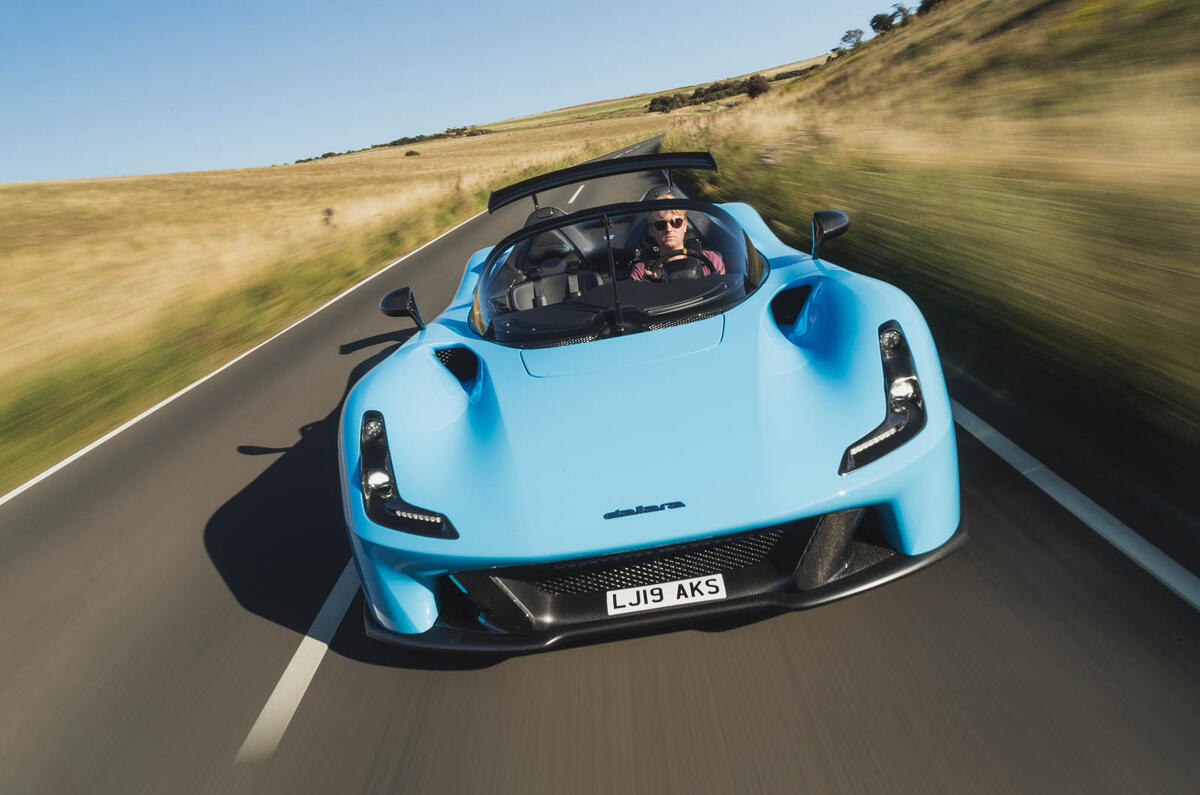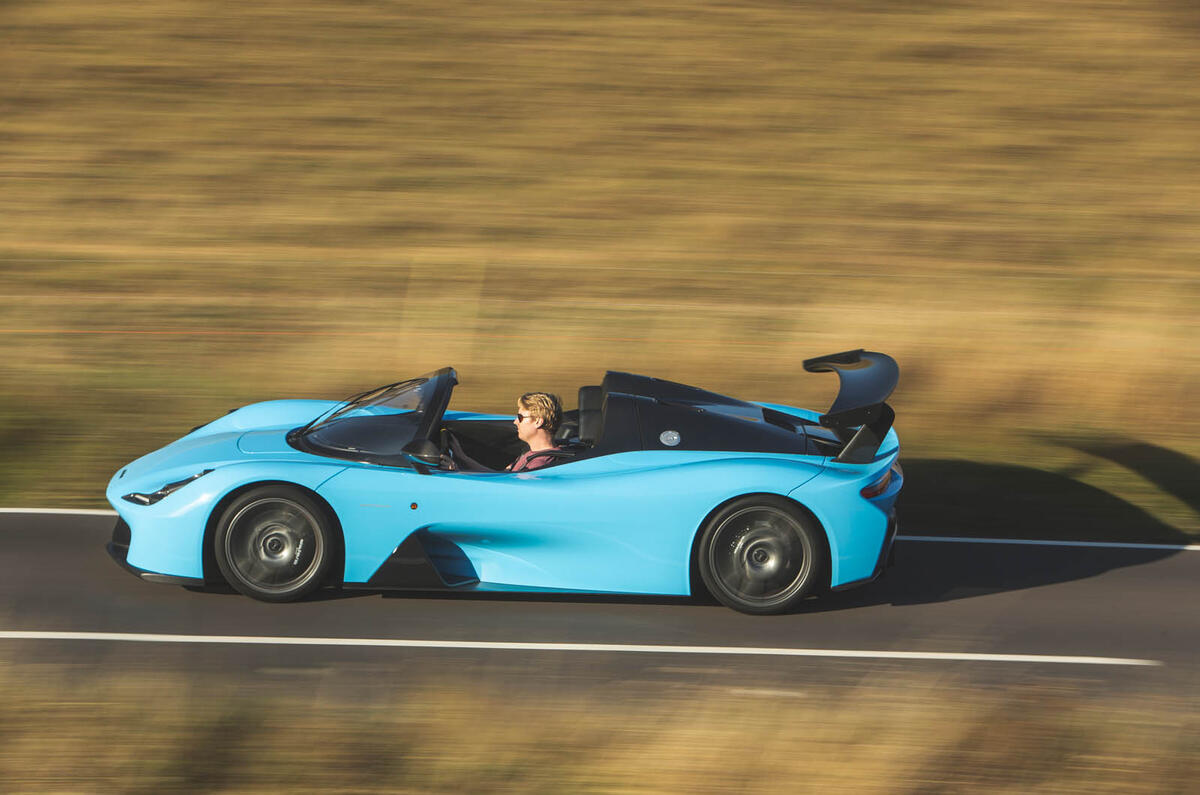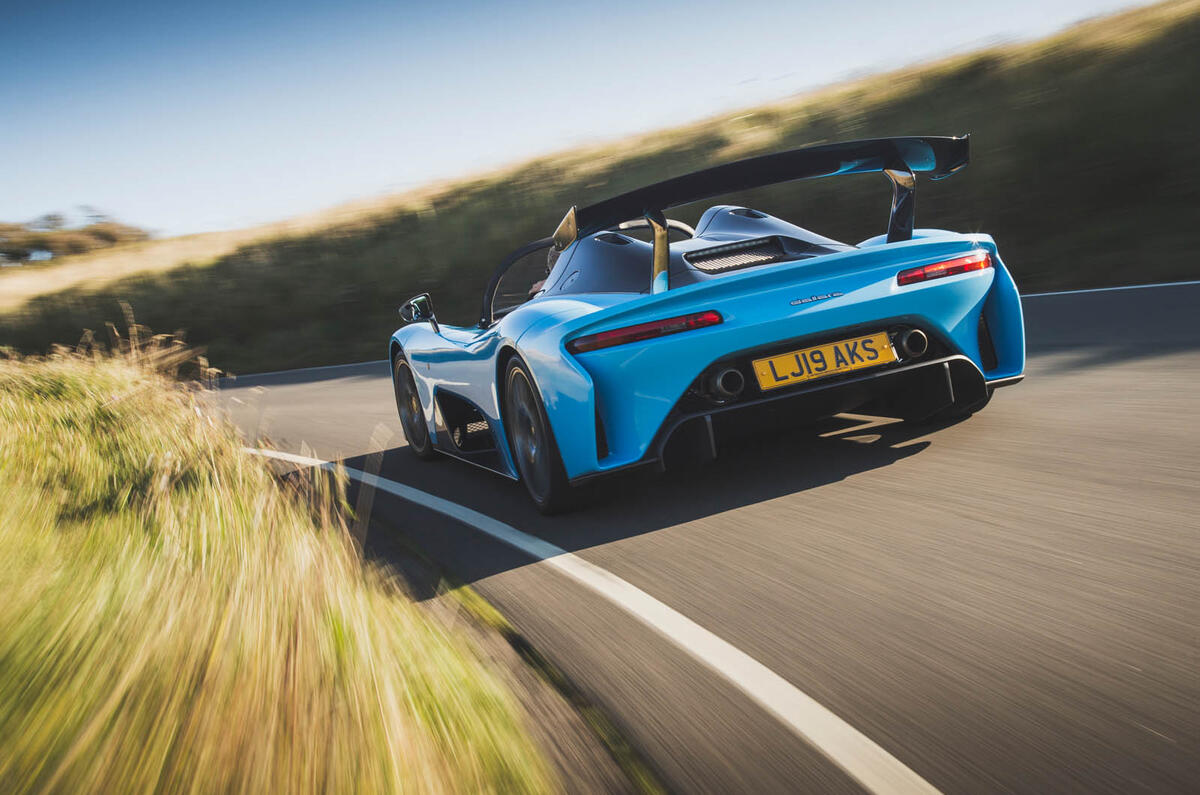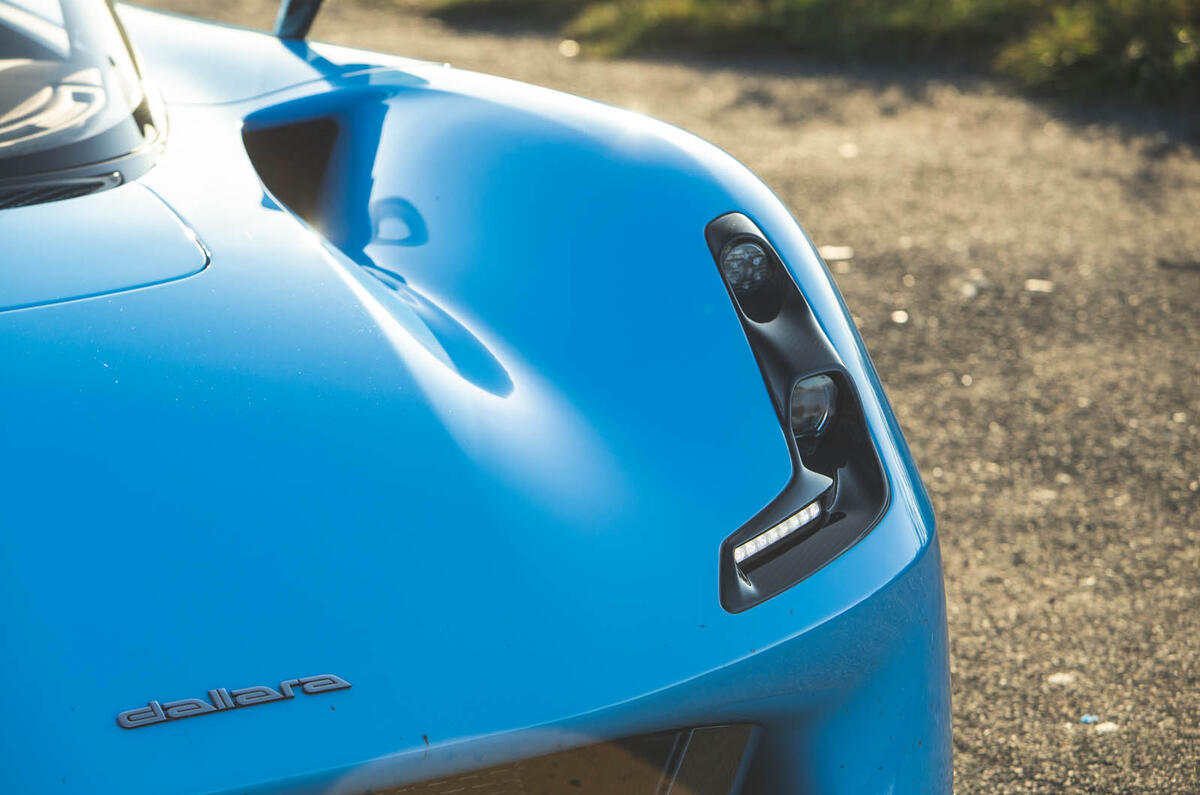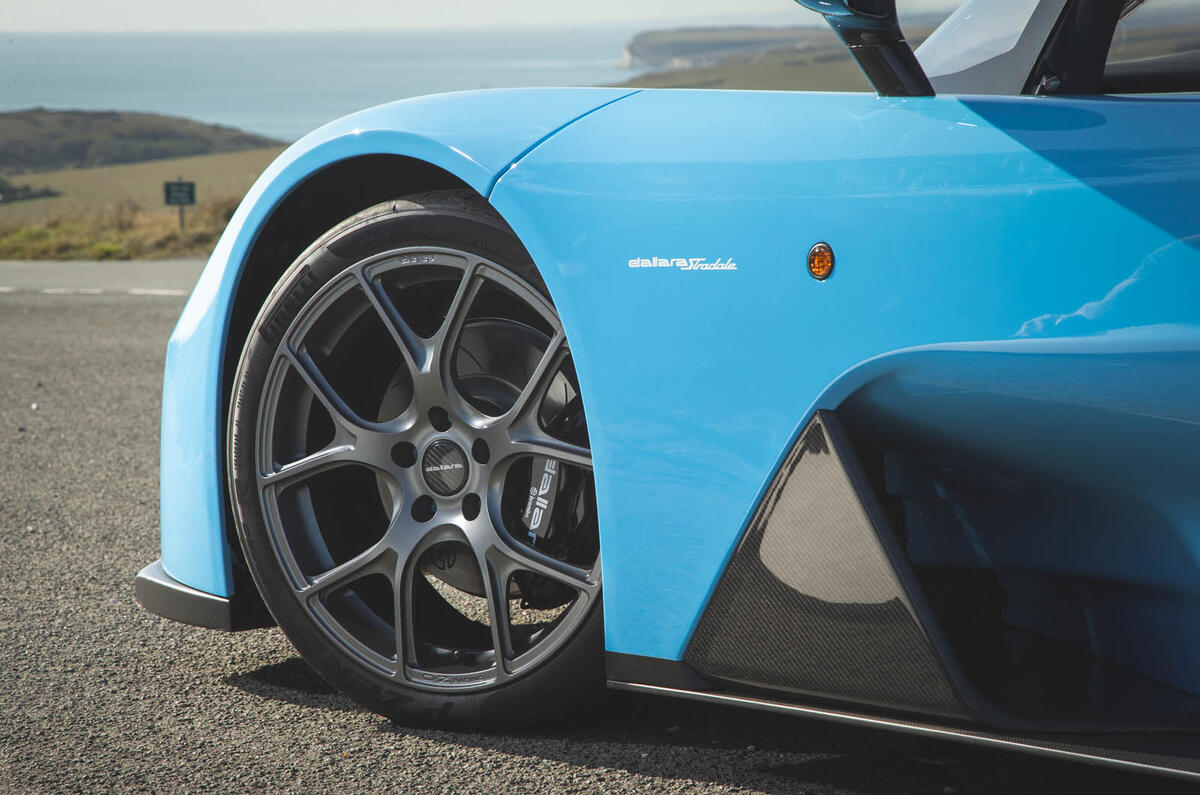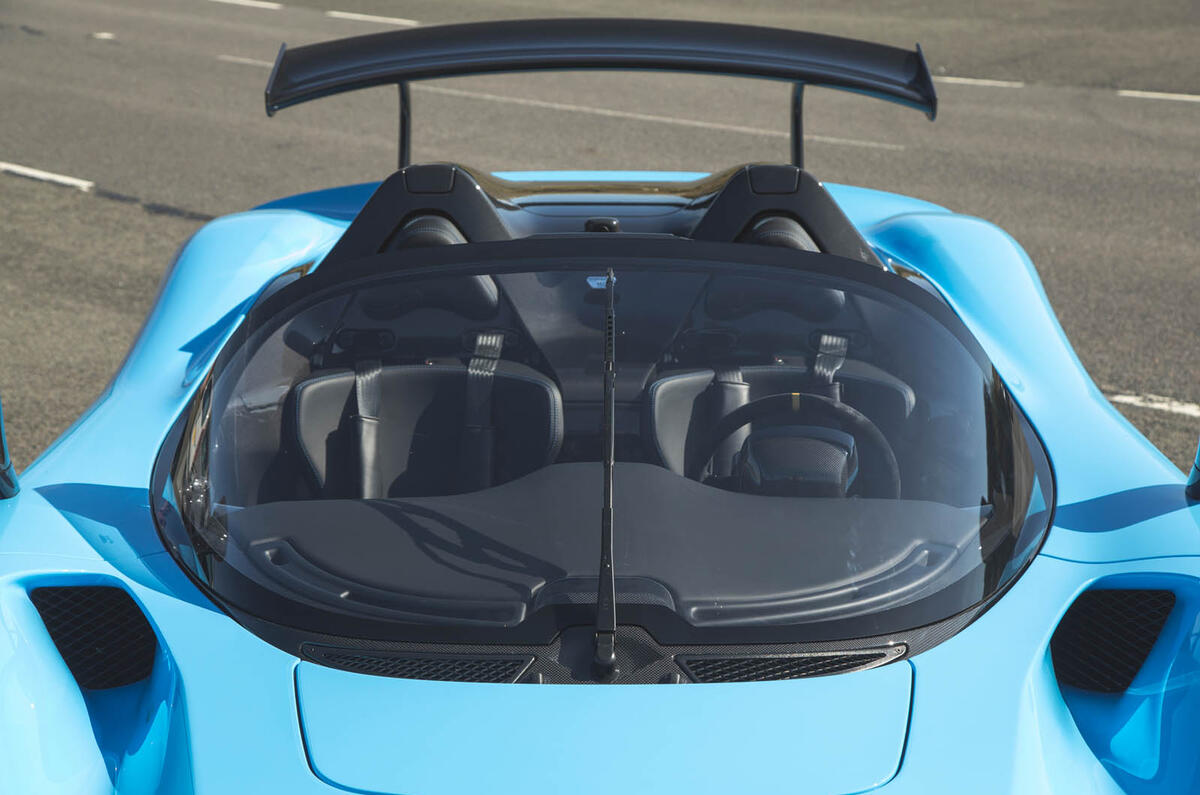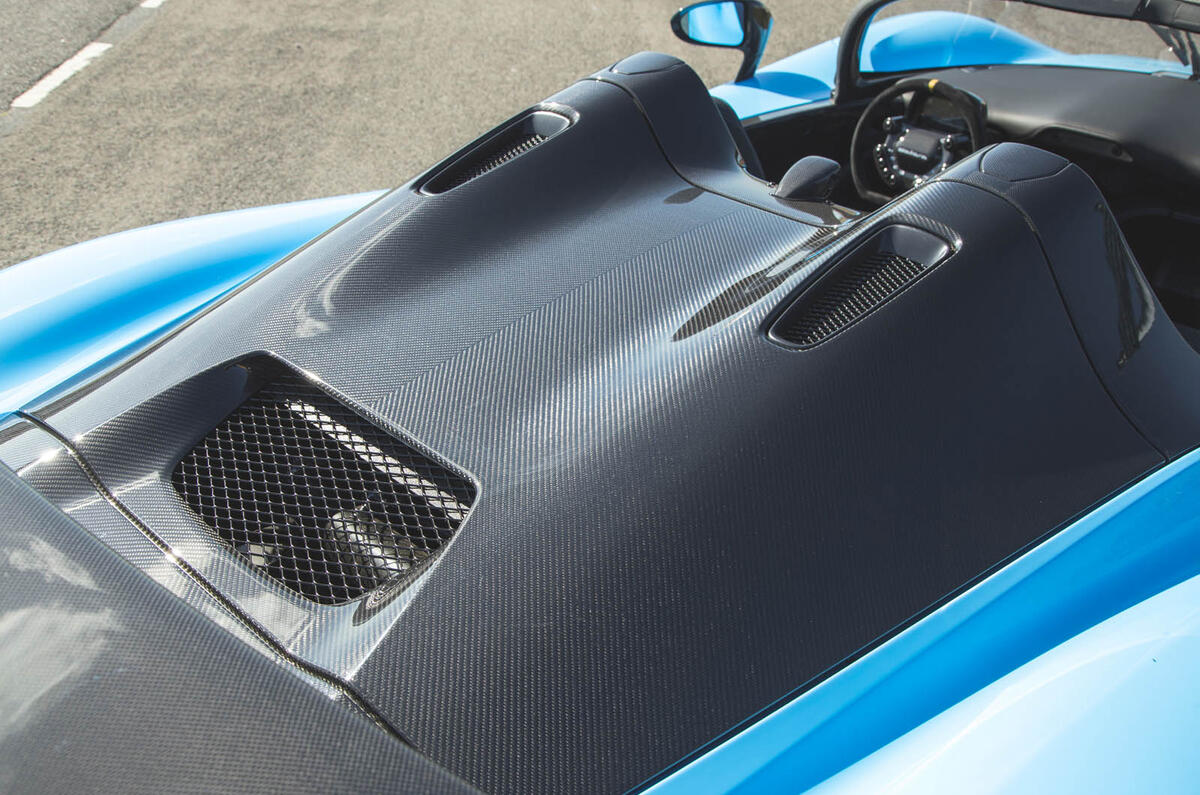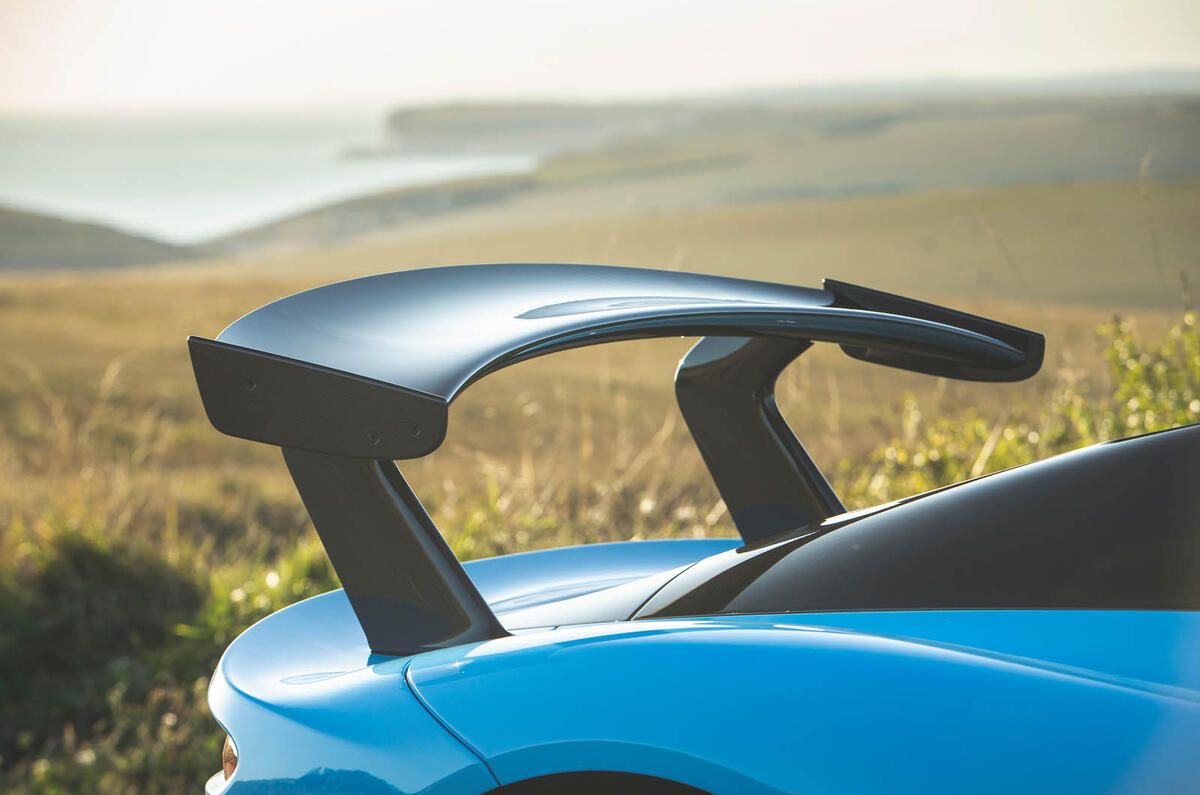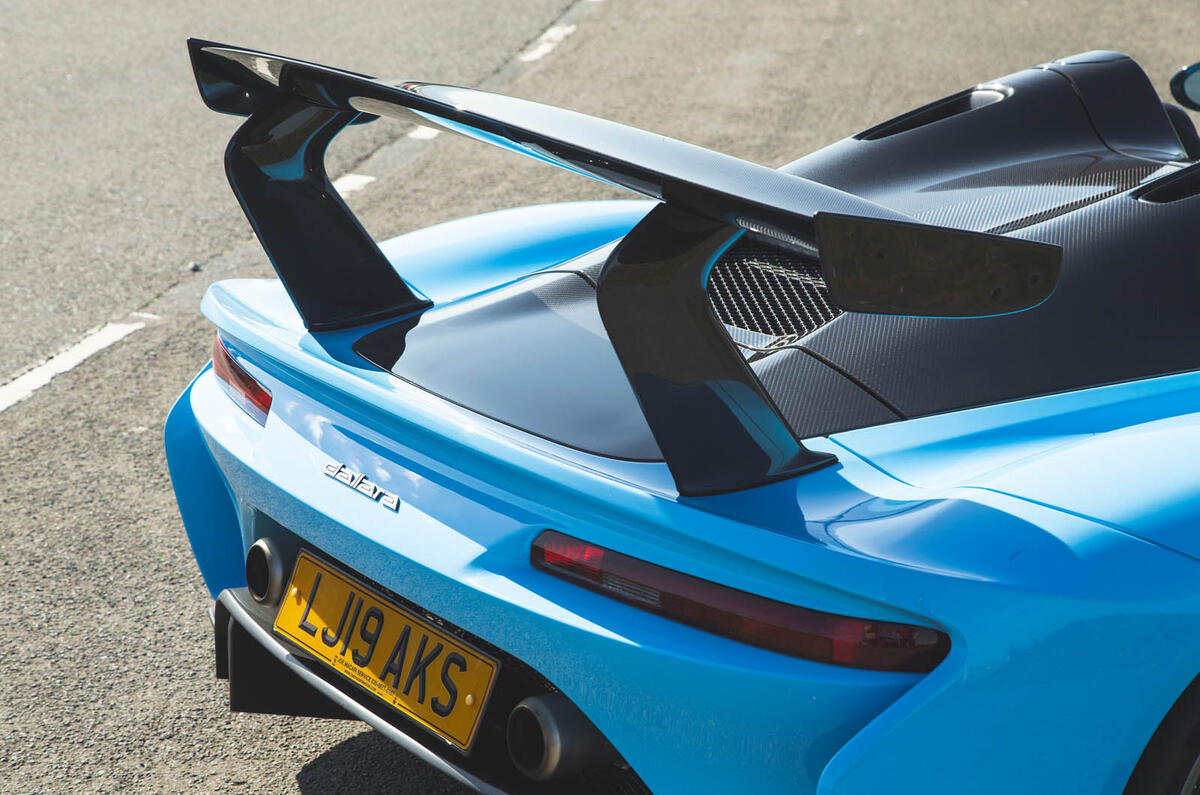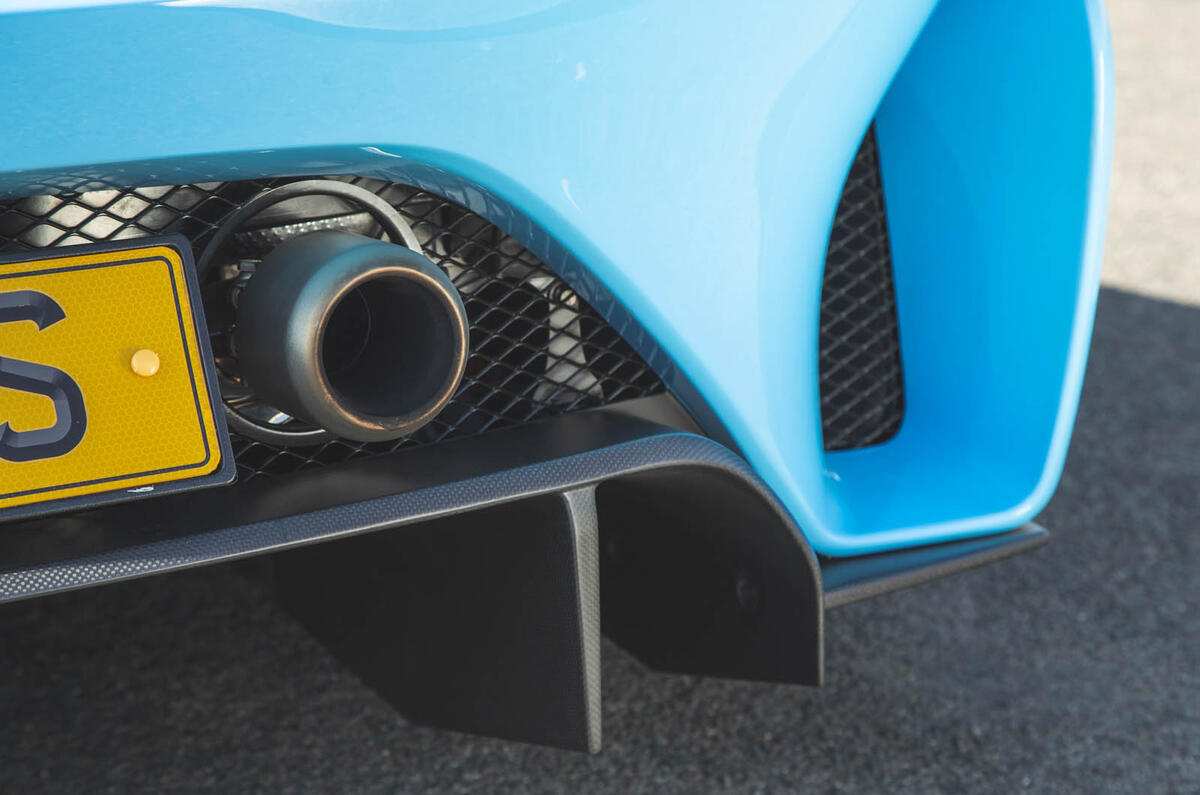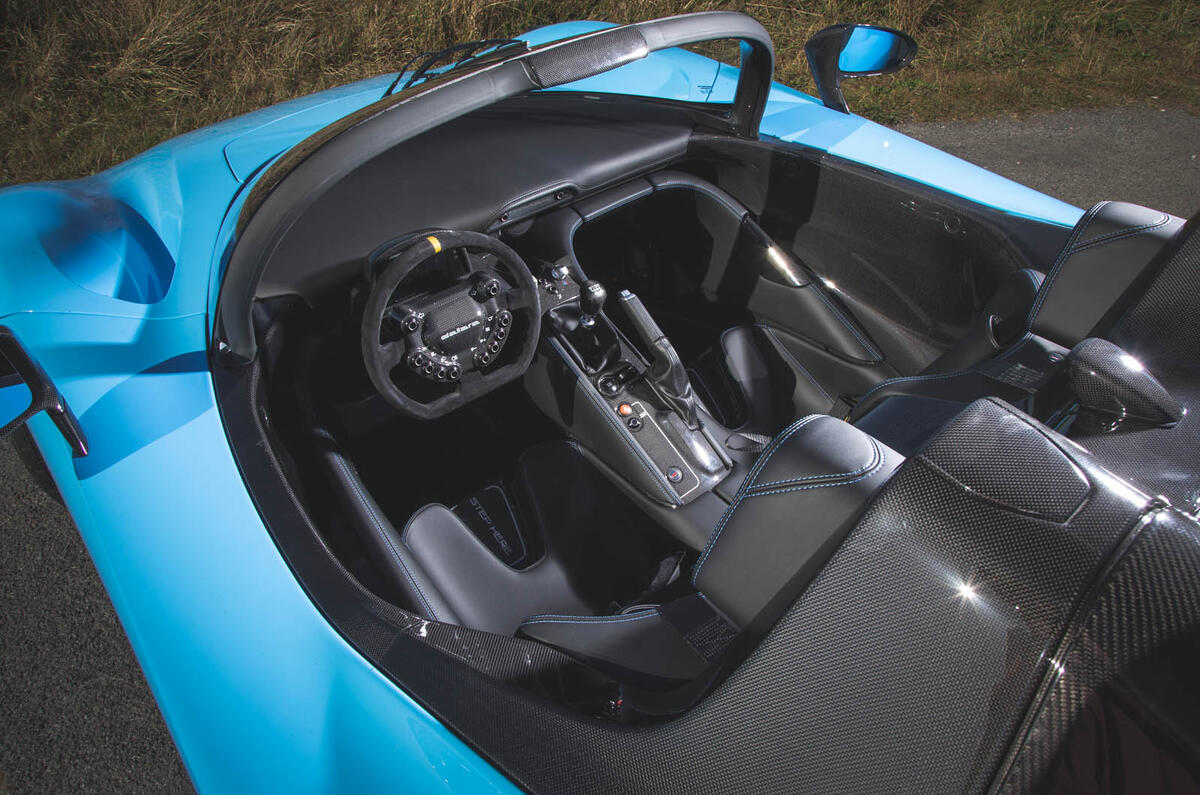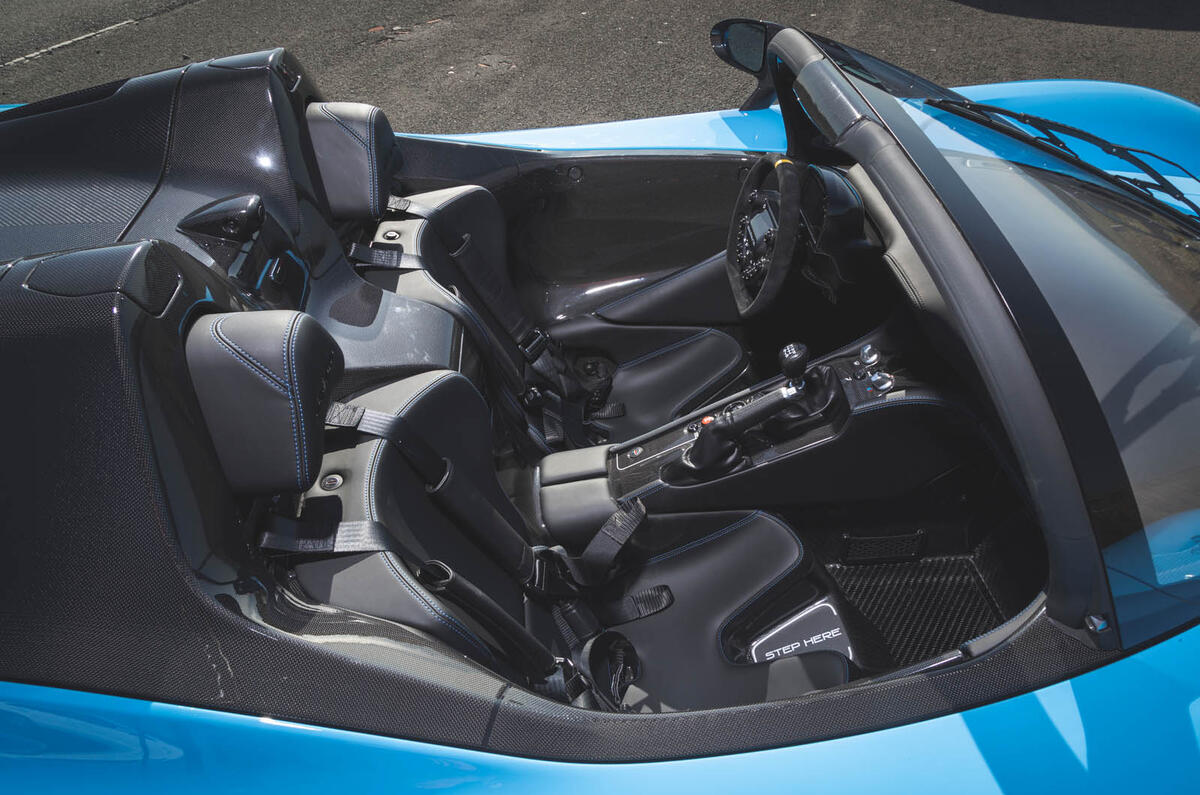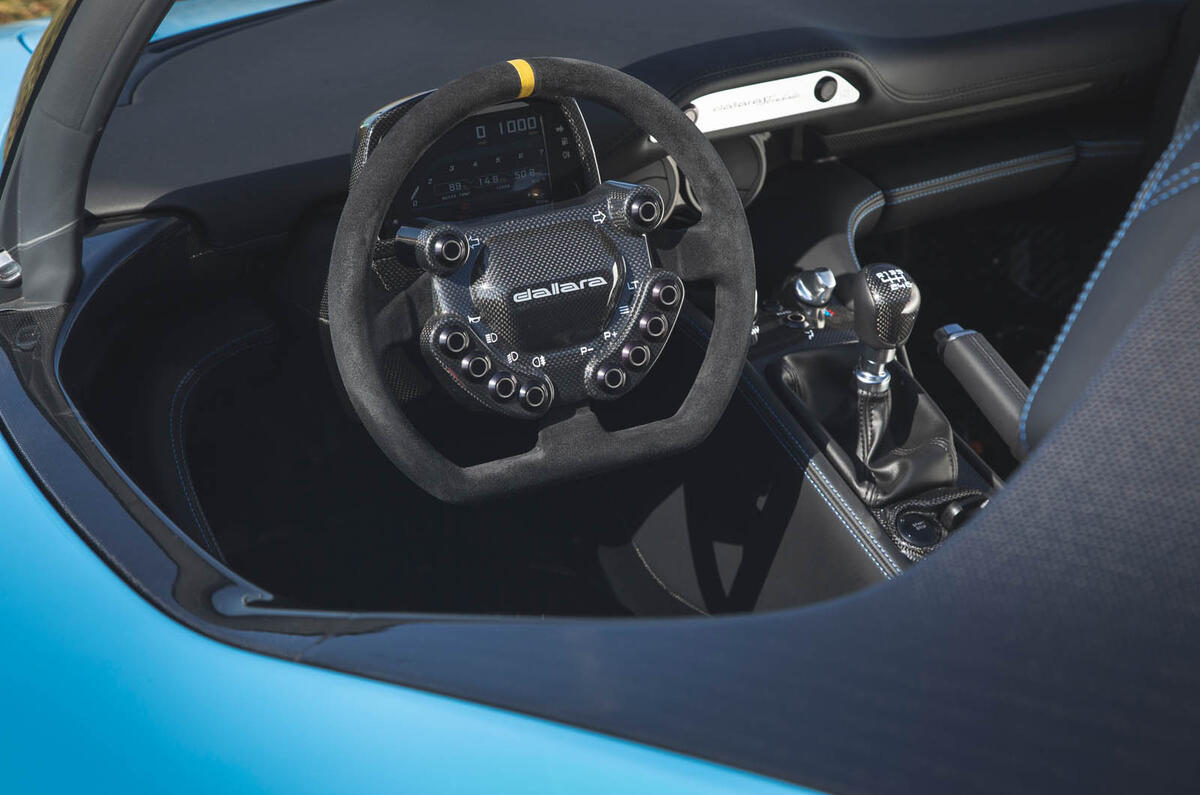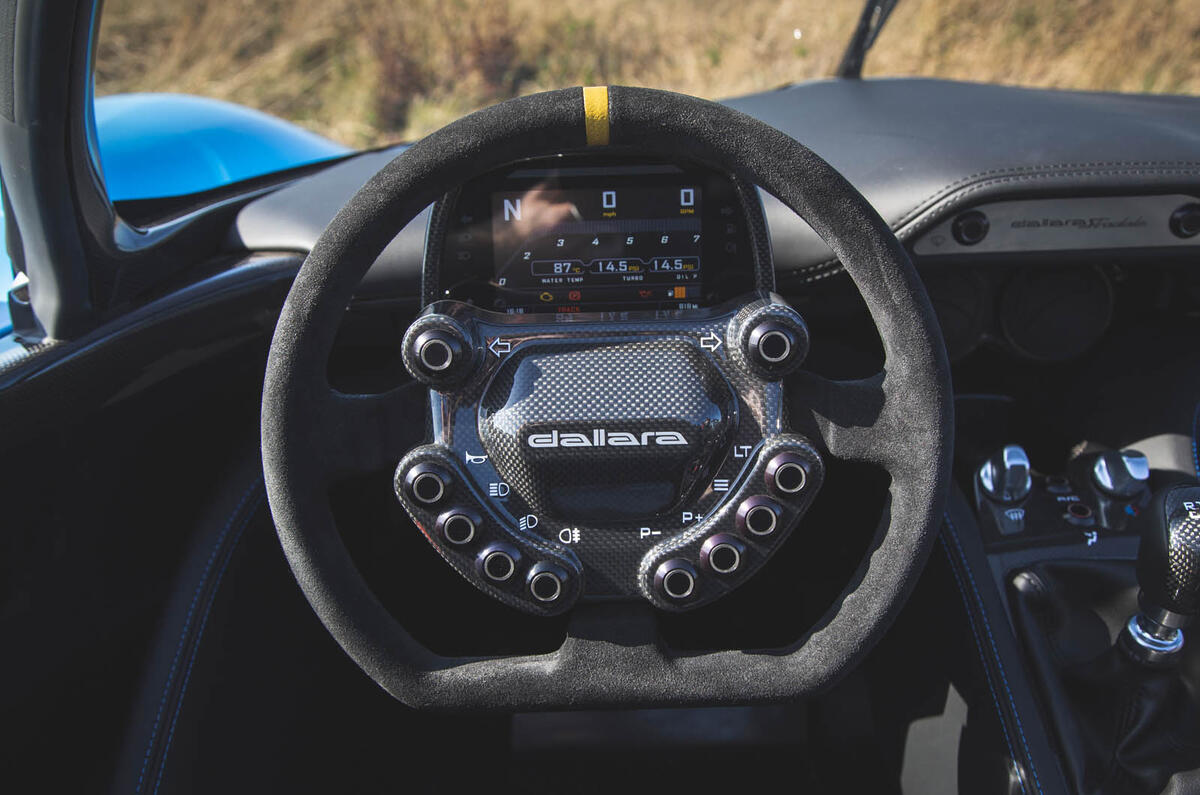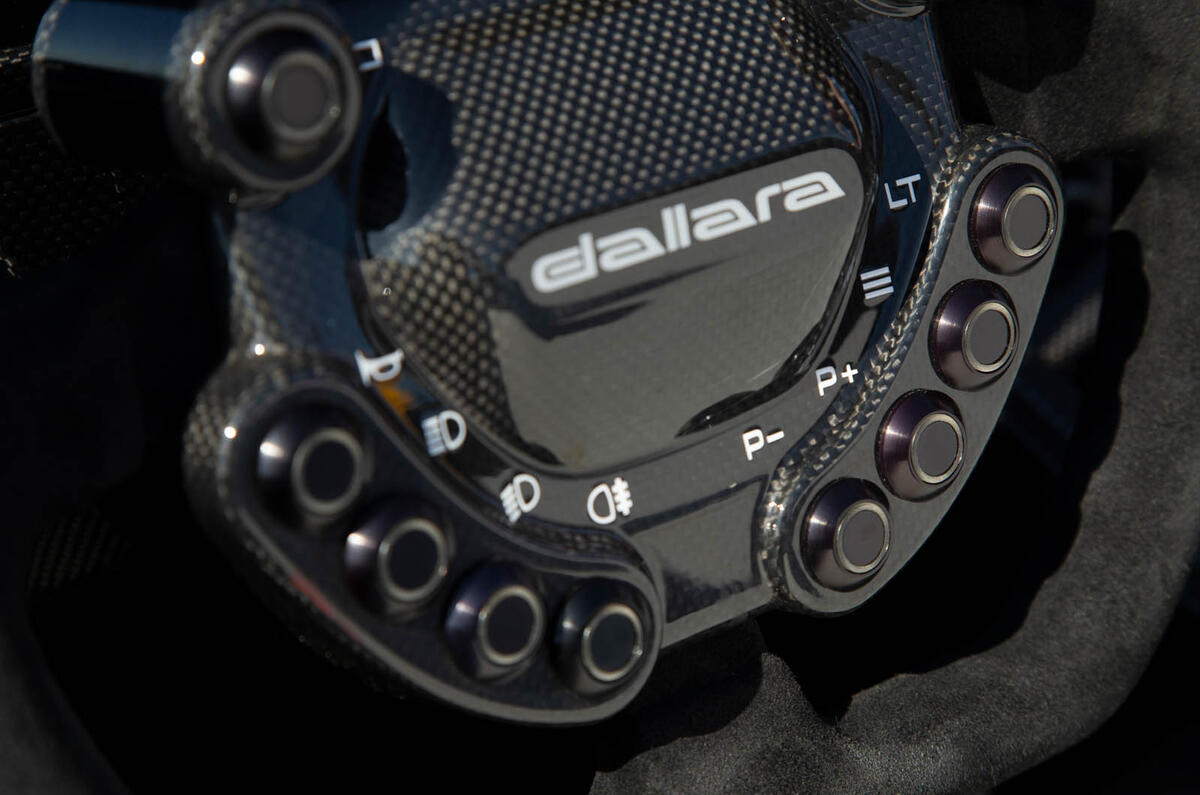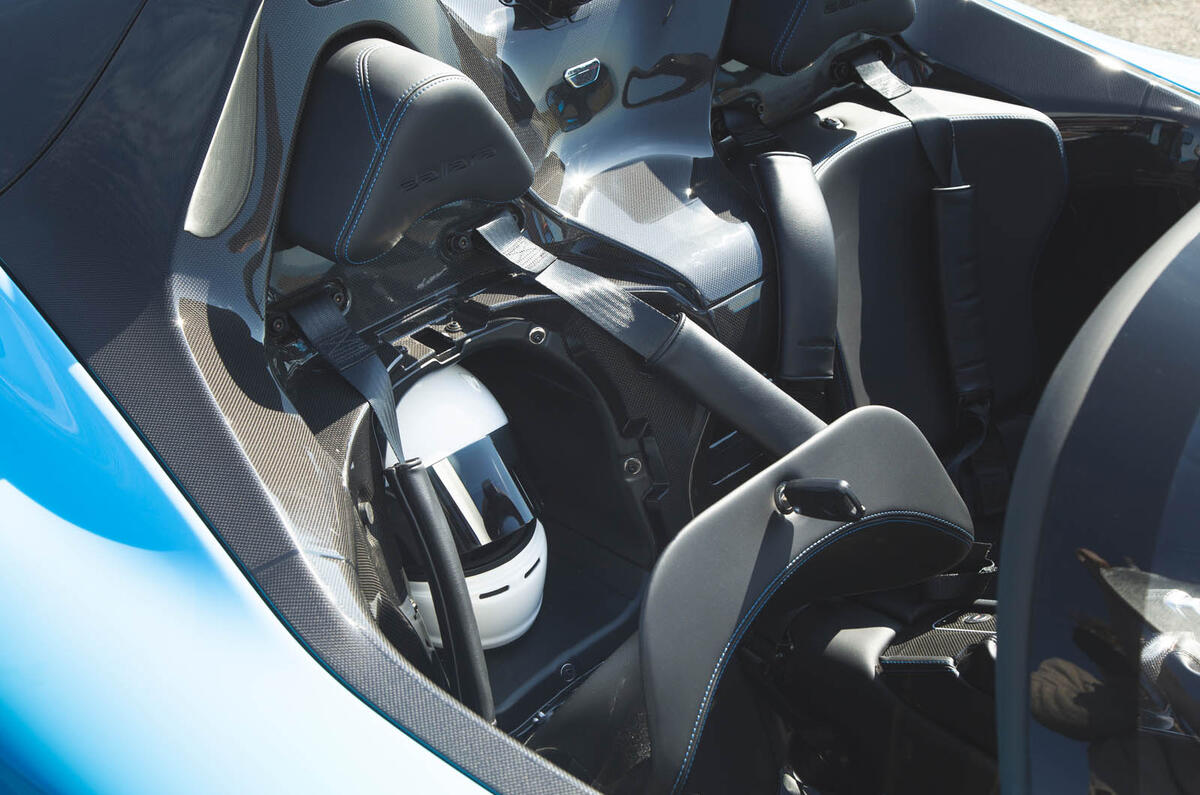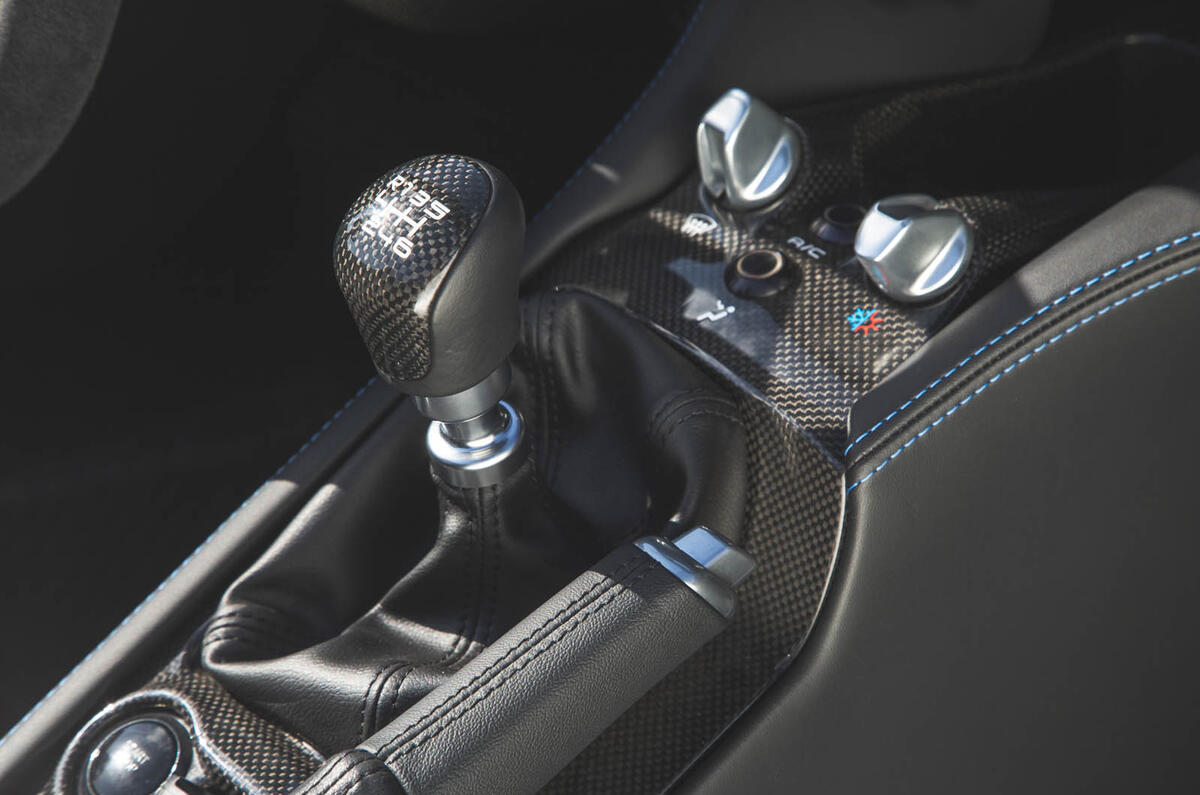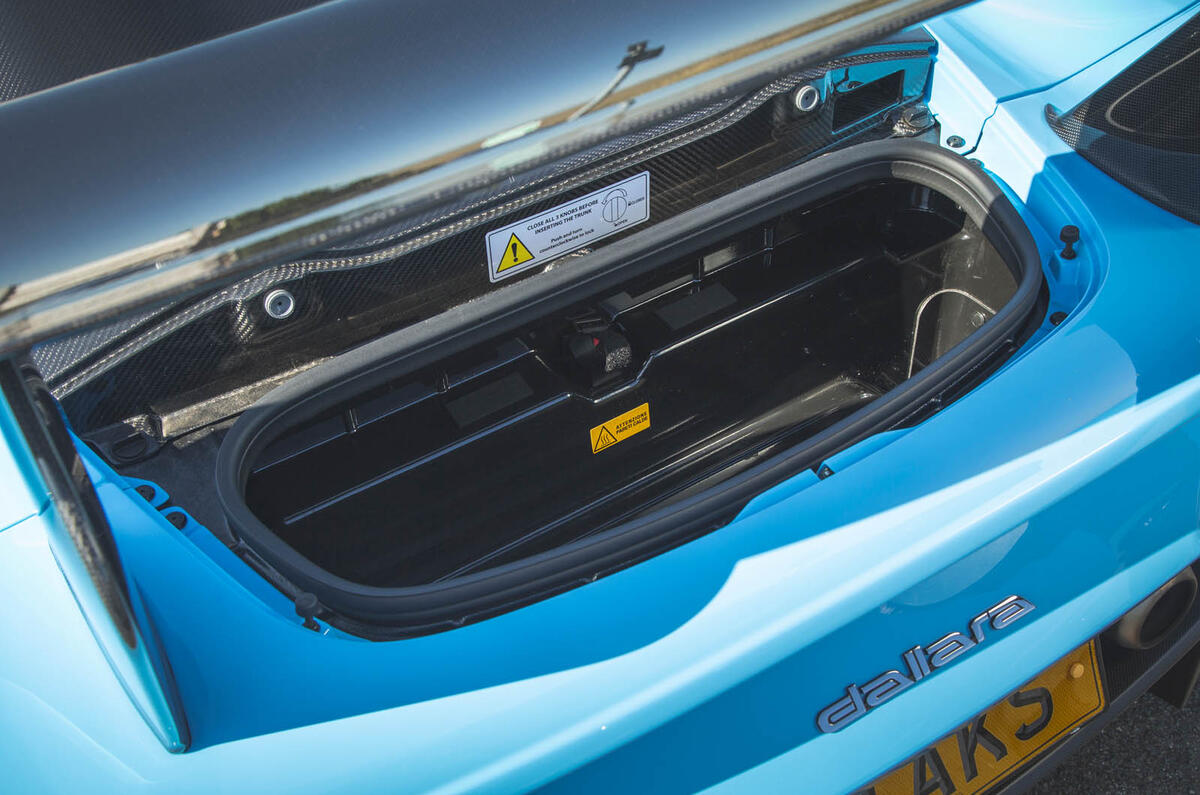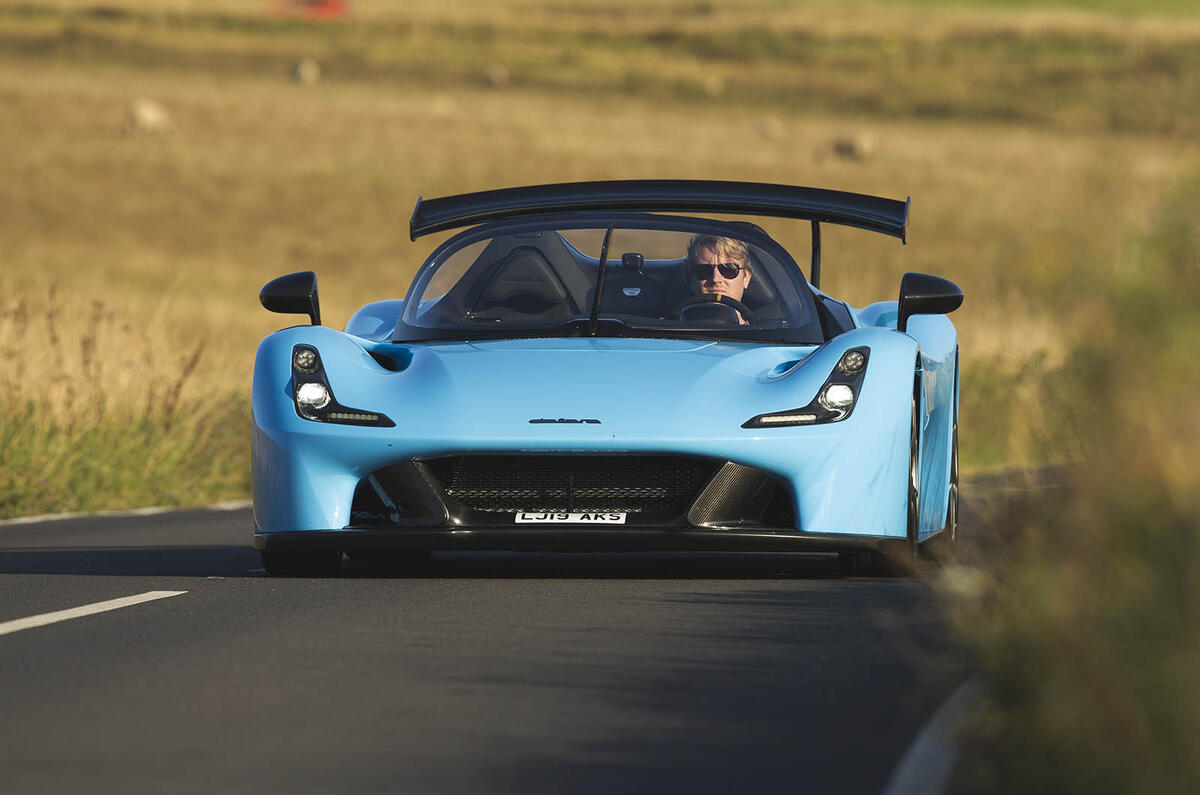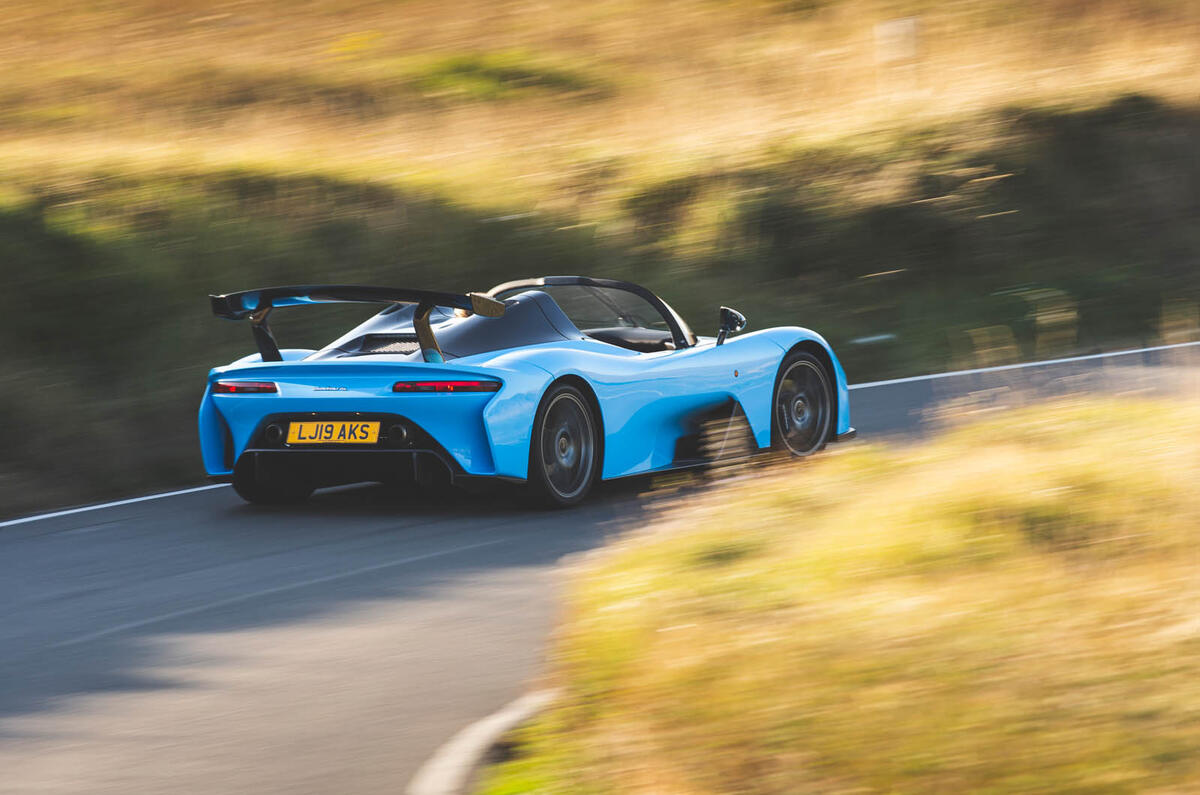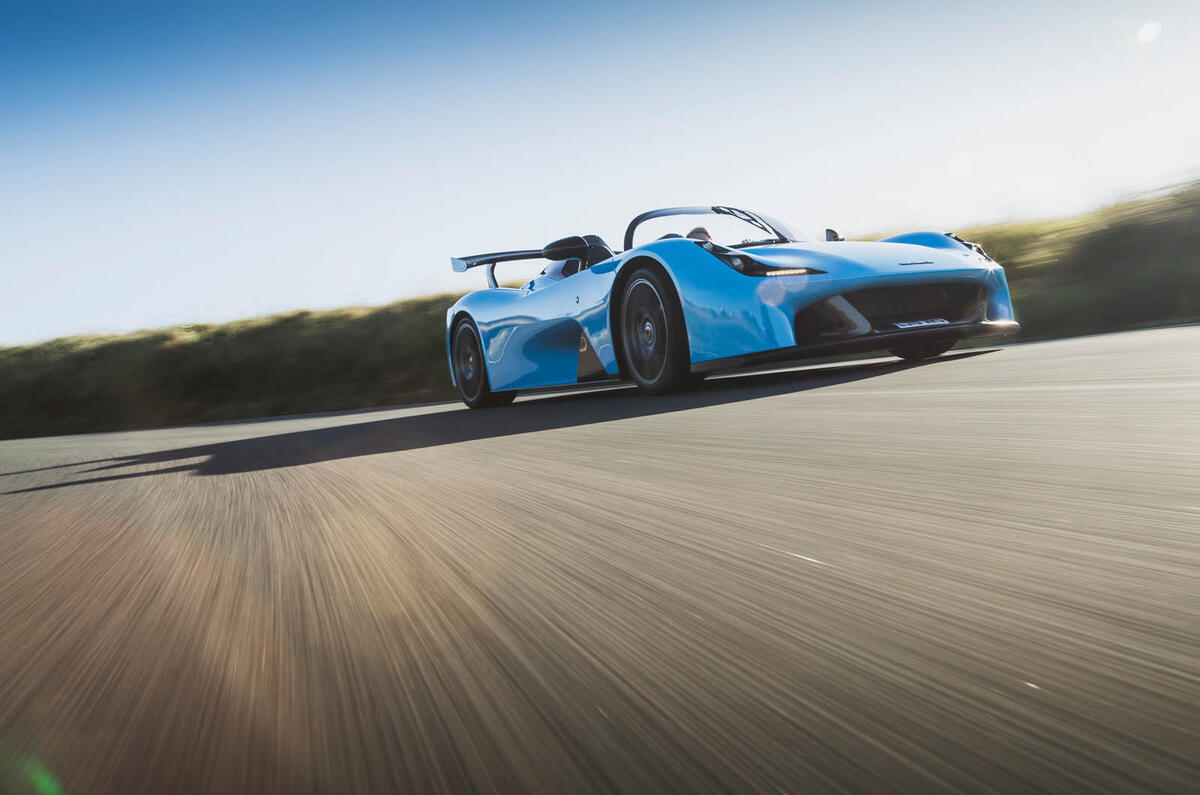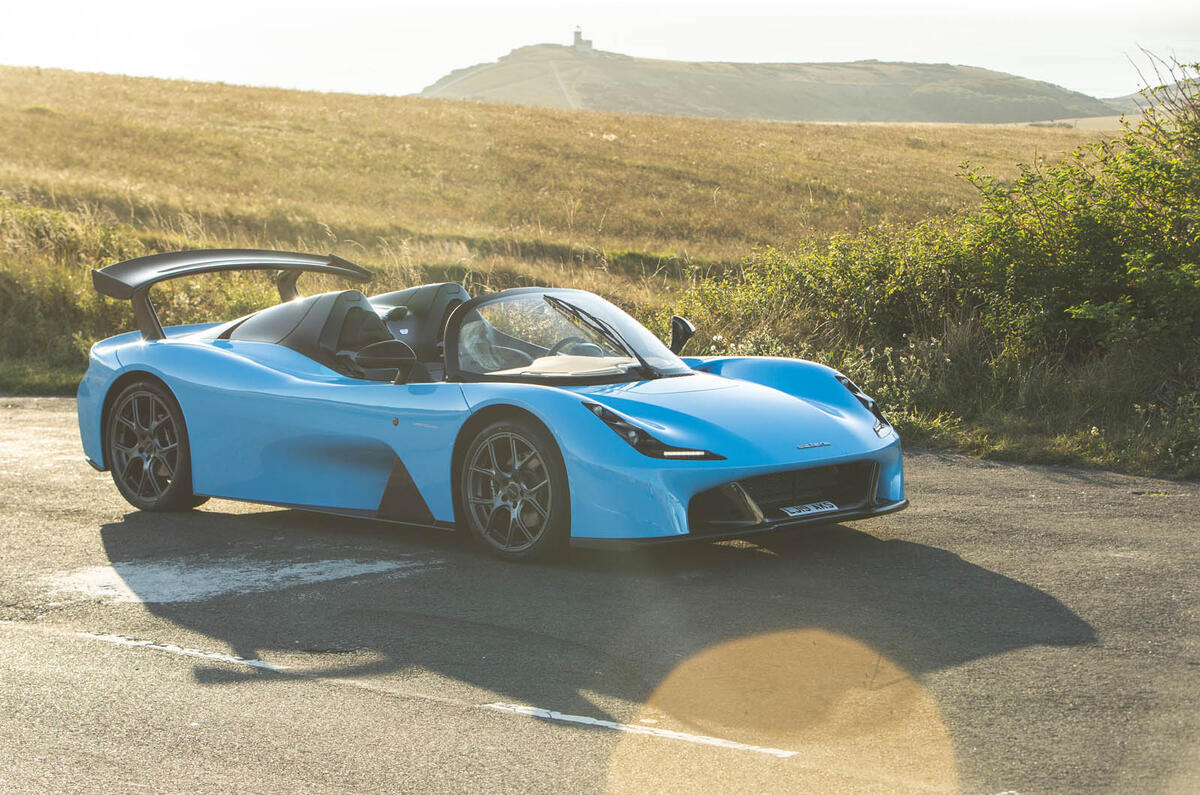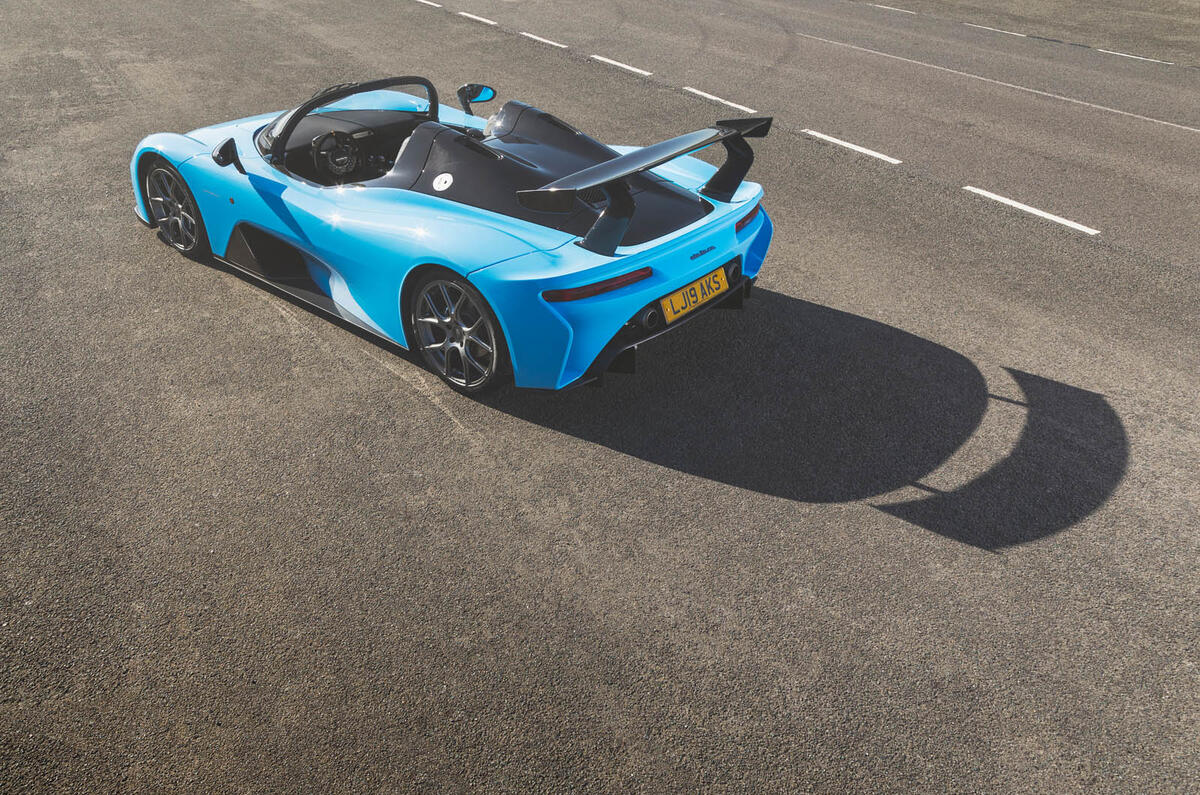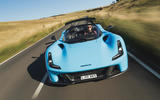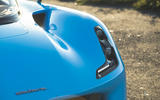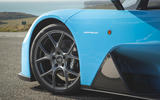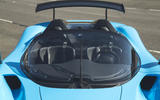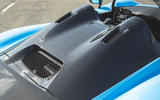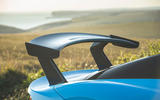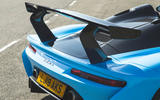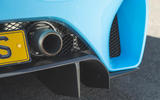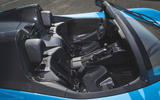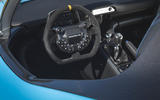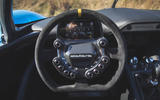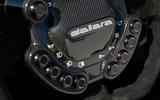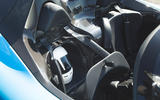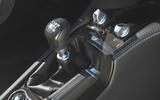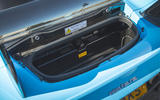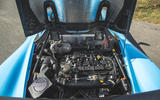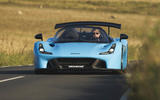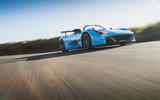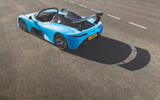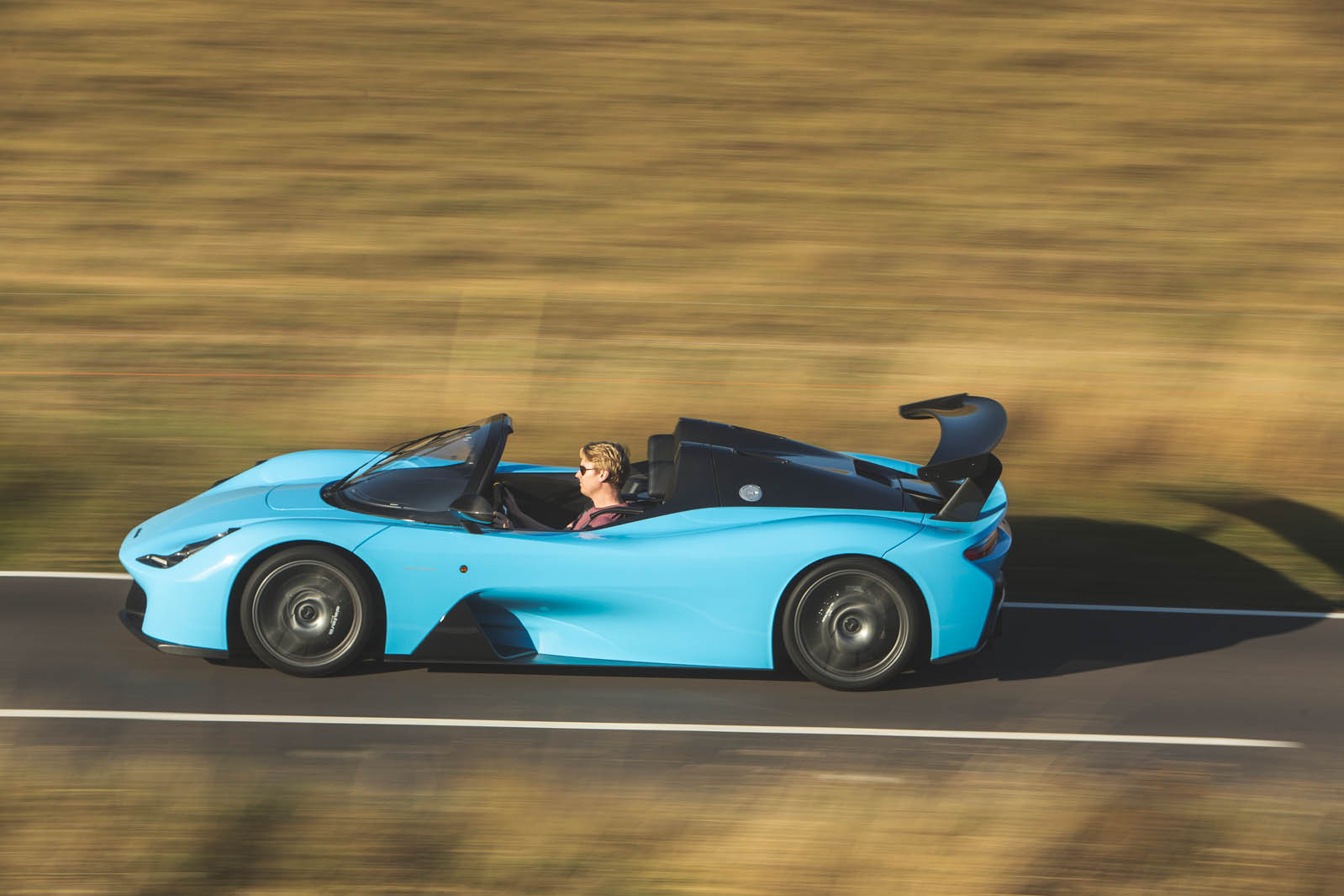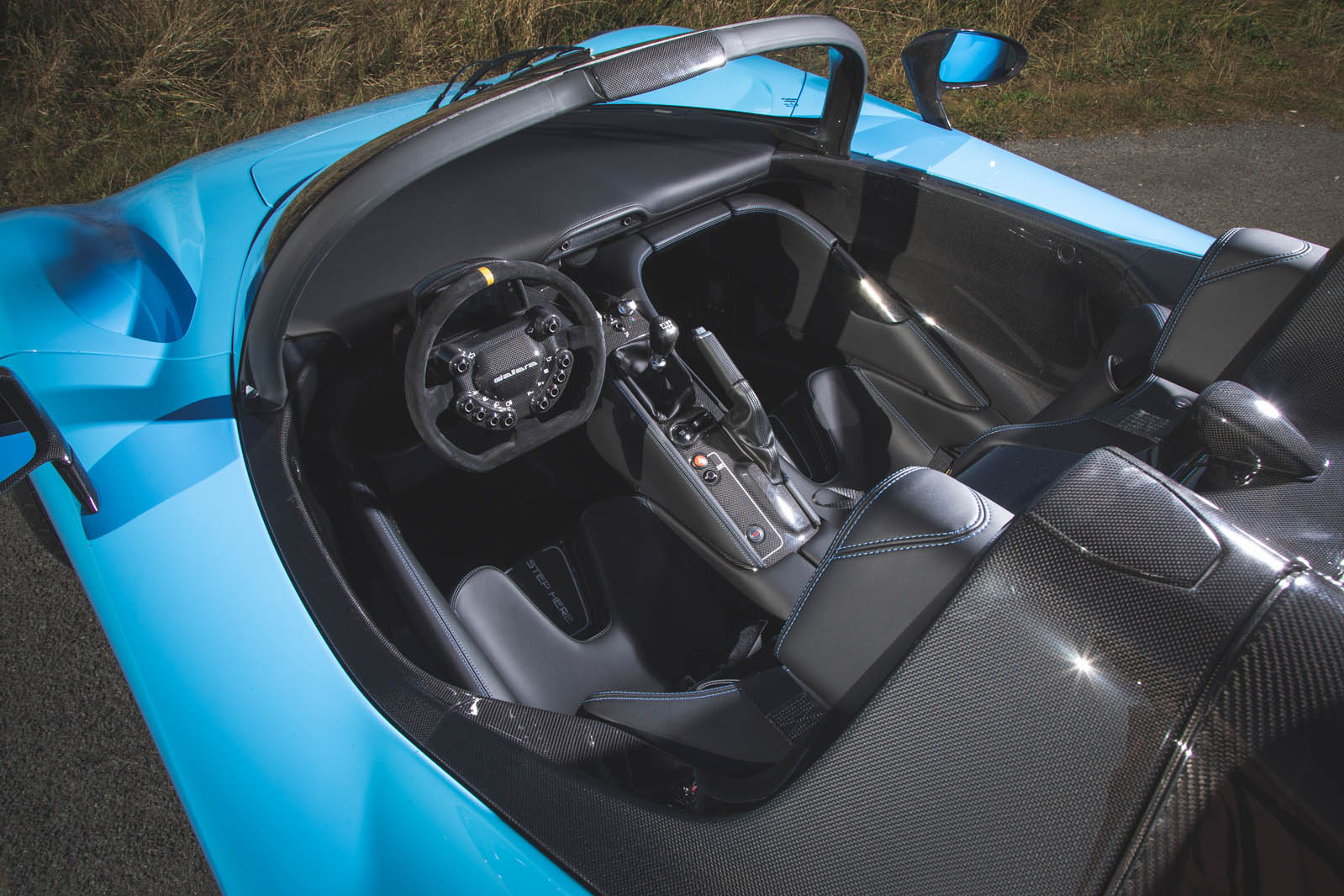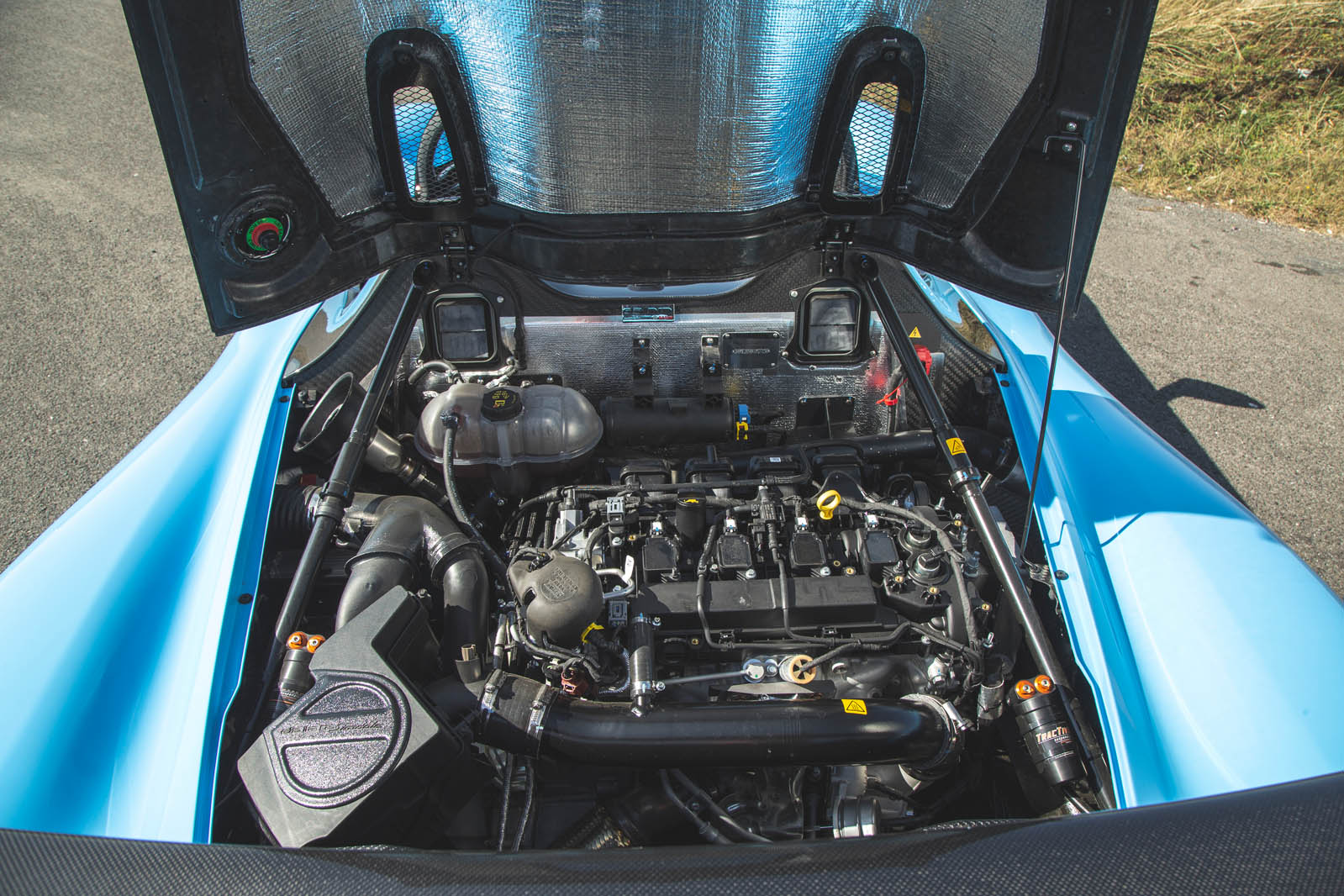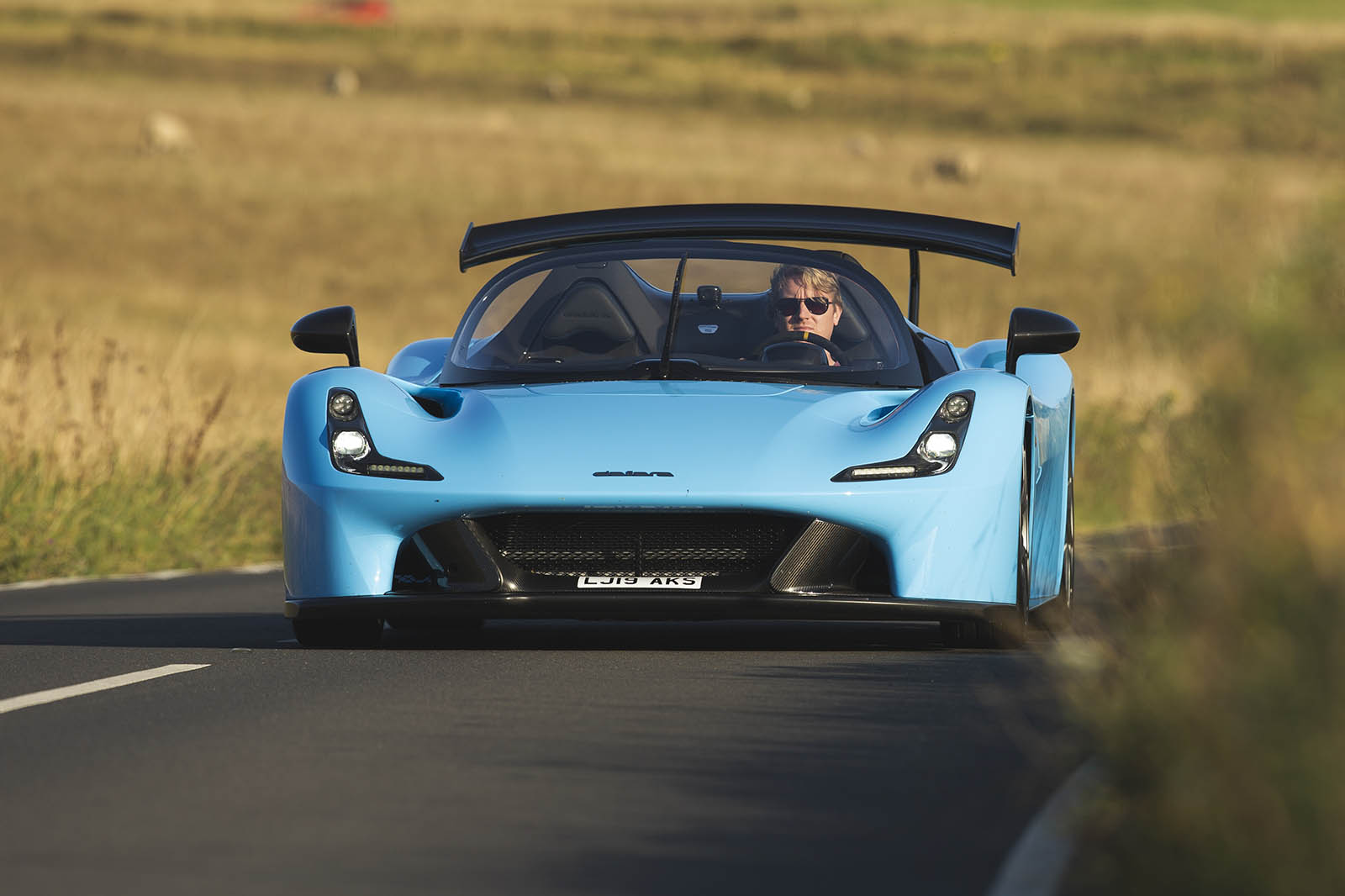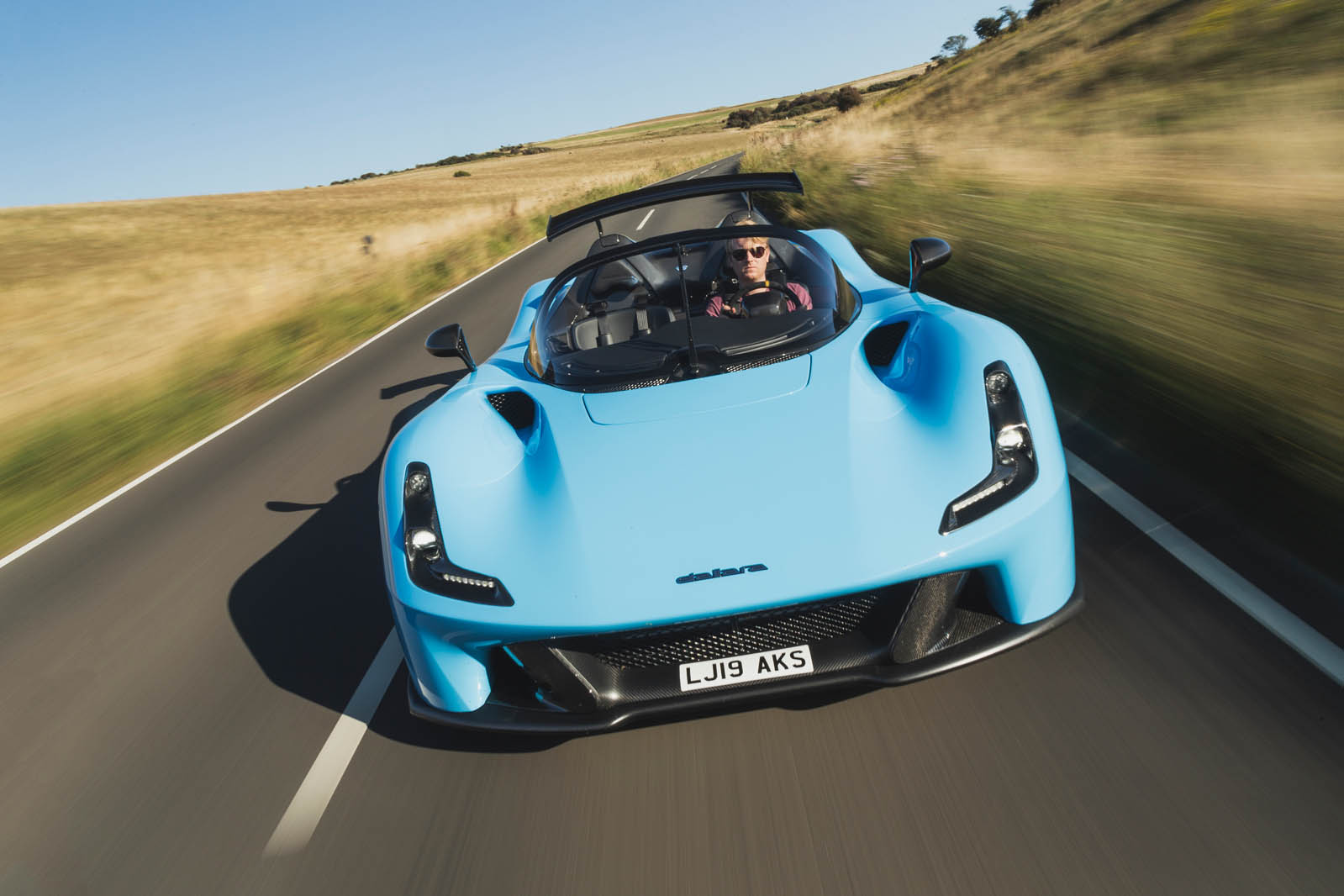That said, on the road you only get glimpses of the Stradale’s ultimate handling capability. Once there is temperature in our test car’s optional Pirelli P Zero Trofeo R tyres, the grip on offer is nothing short of phenomenal. The weight distribution feels ever so slightly rear-biased, but in the main the Stradale exhibits mid-engined neutrality in the purest sense.
Catch the rubber while it’s cool, however, and you’ll find a car that indulges in the merest slither of understeer before the rear axle gently breaks away with rare poise, right about your hips. The Stradale feels as though it has just graduated from an eye-wateringly expensive finishing school for handling – which, of course, it has.
To get the best from the car on track, drop the chassis to its lowest setting (20mm or so below standard, at the push of a button) and disable the ESP, which is lenient but hinders progress exiting fast bends, when downforce gives all the security needed.
Fitted with Pirelli P Zero Trofeo R tyres, the car showed exceptional resistance to understeer given the 205-section front contact patches. Through the quickest corners, the Stradale carried a level of speed comparable to that of some hypercars, and did so with disarming security and stability at both ends.
The torque output does need managing through slower bends, but the neutral handling proved nothing if not predictable, and the steering is well geared for making corrections.
A question mark hangs over the lap time, however. Rarely do we achieve these times with a single set of tyres, but that was the case here. With fresh tyres, the Stradale, we felt, could have shaved off at least another second.
COMFORT AND ISOLATION
There’s nothing particularly genteel about travelling in the Stradale. Let’s first address ‘isolation’. If you expect to be ‘isolated’ from turbulent air and rainfall, the Stradale is not for you, at least not without the T-frame roof. And yet, as a roadster it compares well to cars of a similar ilk. The windscreen is unusually good at shielding the cabin from the elements, particularly wind buffeting at speed, and if everything does get a bit much, you can always dig your helmet out from one of the conveniently shaped recesses behind the seats. If you can bear it, race gloves will also help you get purchase on the wire-rimmed Alcantara-covered steering wheel.
What the windscreen or gloves won’t spare you is the loud, off-throttle whining of the differential at low speeds, along with explosive outbursts of the sports exhaust and the constant attention of a gawking public. It is possible to drive longer stints in the Stradale without much fuss, although you’ll be ready for an early night afterwards, and in terms of attritional fatigue the lack of a rear-view mirror doesn’t help.
Meanwhile, comfort levels will be determined by your physiology, because with the shape of the seats dictated by the topography of the monocoque, there’s no adjustability.
Most testers found the Stradale offered little in terms of lower-back support, although this only became an issue after more than an hour at the wheel. Ride quality itself was generally deemed excellent, the Stradale feeling impressively supple during motorway driving, aided by calm, light steering.


